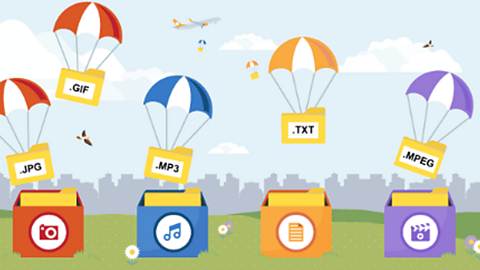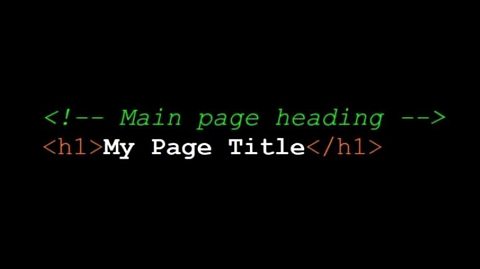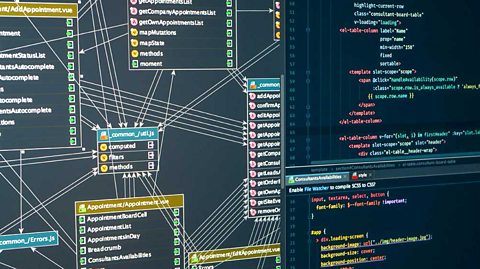Information system design and development
Structures and links
Information systems like databases are used to store and present information, making it easier to visually interpret and understand, faster to search, update and check for errors.

Media types
Information systems need to be interactive and interesting. A way of doing this is to include different media types. Media will increase the memory requirements and compression is used to reduce this.

Purpose, features, functionality, users
Information systems are designed to fulfill a purpose for their end users. The users' different skills and abilities will determine the different features included in the system.

Technical implementation (hardware requirements)
Hardware allows the system to store all of its information and to process and make decisions based on this data. Hardware displays data to the user and allows them to interact with it.

Technical implementation (software requirements)
An operating system is the suite of programs that control the operations of the computer system. Utility programs keep a computer system working efficiently and protect it from threats.

Technical implementation (storage)
Computers systems are capable of storing vast amounts of data. An information system will store music, videos or thousands of online transactions for the largest banking company in the world.

Technical implementation (networking and connectivity)
Networks allow businesses, institutions and individual users to instantly communicate and share information. They allow smaller organisations to work efficiently by sharing resources.

Security risks
Risks including viruses, identity theft and DOS attacks threaten our electronic devices and the data that they store.

Software design and development
Computational constructs
Programs run in sequences. Selection statements and loops are used in programs, allowing software to make decisions and repeat actions. These are called computational constructs

Data types and structures
Data is stored in a computer in different data types. Numbers are stored in integers or real numbers, text is stored in strings and pictures in graphical formats.

Testing and documenting solutions
When code is easy to read, a programmer is less likely to make a mistake. Legible code also allows programs to be checked for errors more easily before they are released.

Design Notations
Programmers use flow charts and structure diagrams to help design how their programs will operate and how data will flow through their software.

Low-level operations and computer architecture
All data is stored in computers using 1s and 0s (bits). We explain how much data we are storing by using terms like kilobytes and megabytes.

Reference language
It is important to read and understand a formal language. Declaring variables and data types, using selection statements, iteration and using operators are comprehensions required before coding.

Links
- External linkExternal link
- External linkExternal link
- External linkExternal link